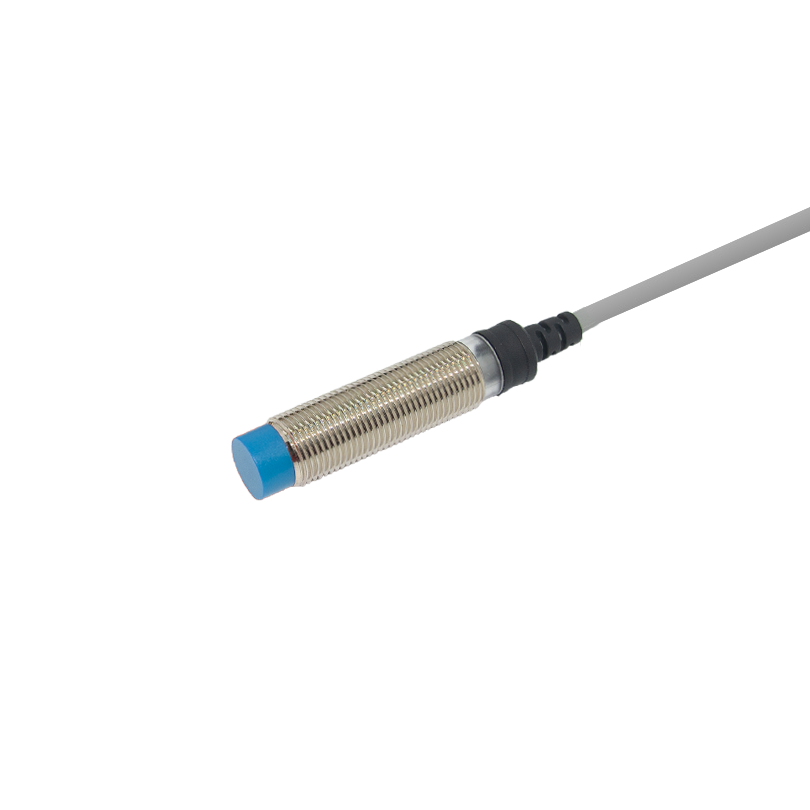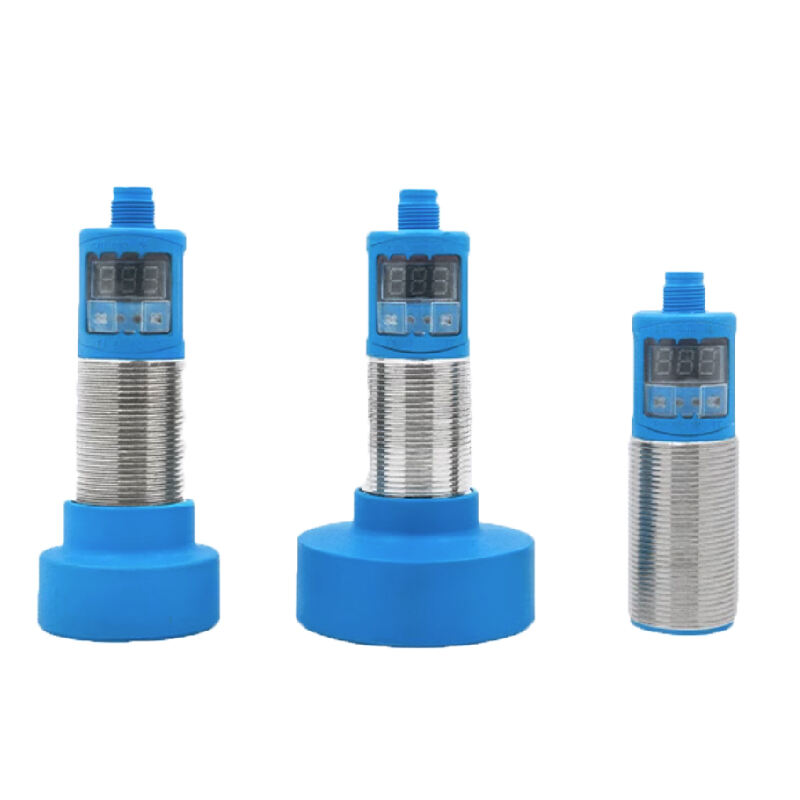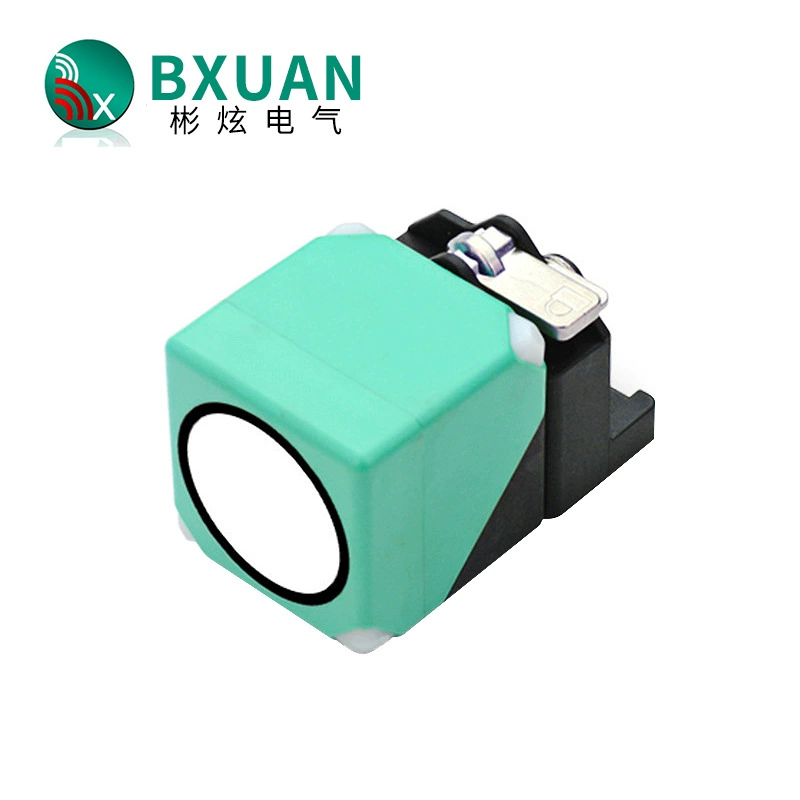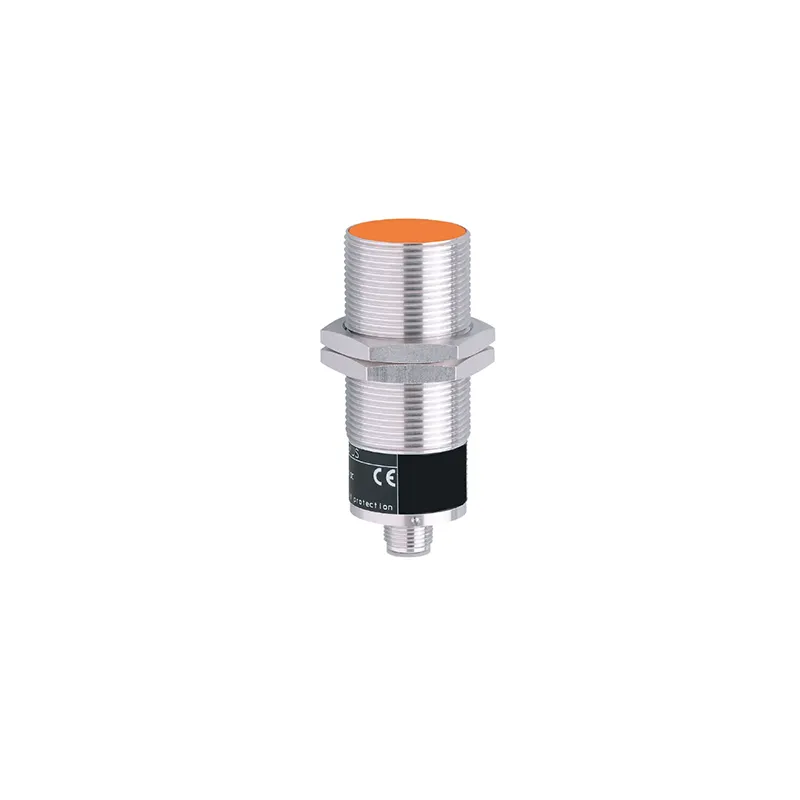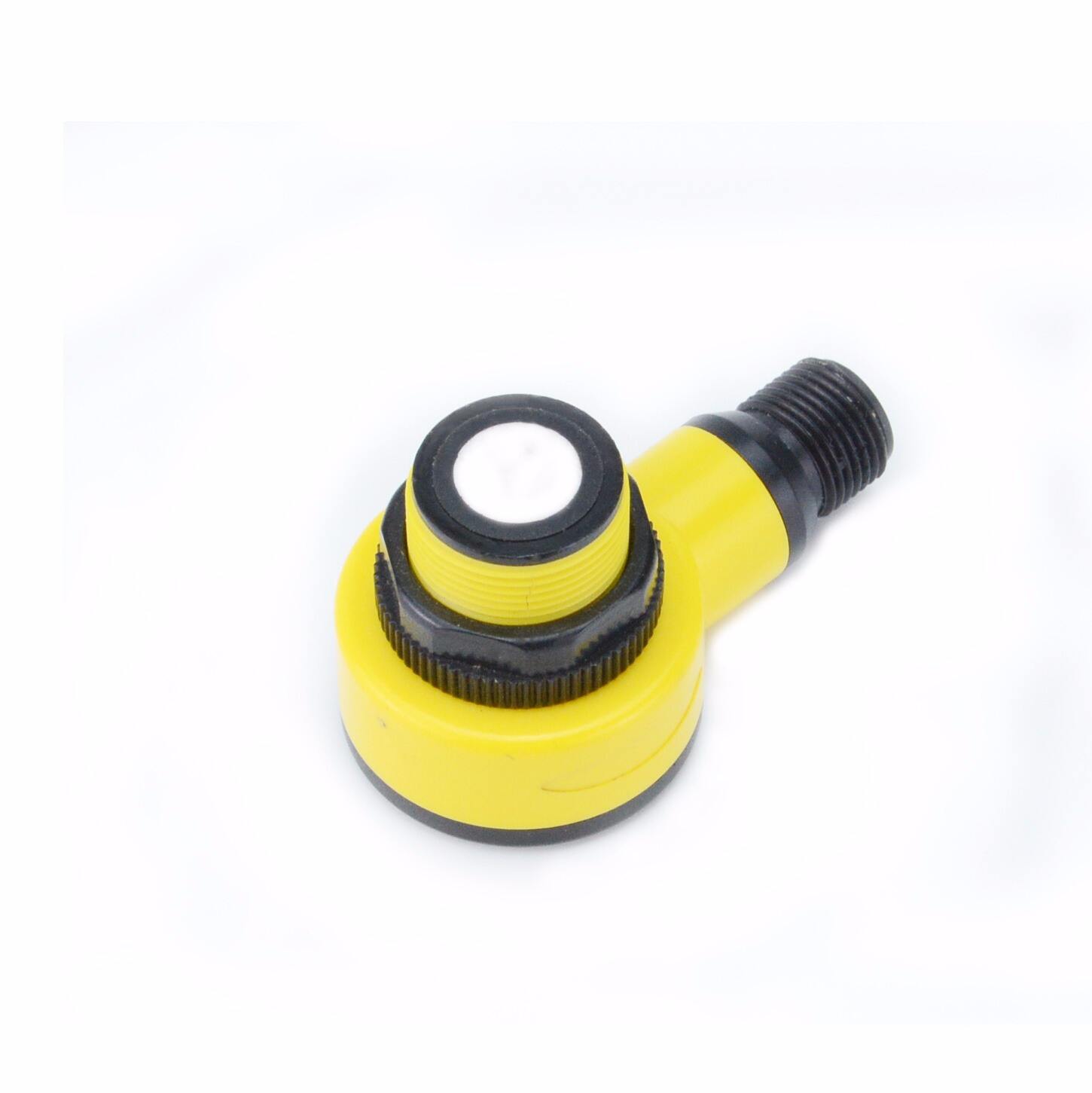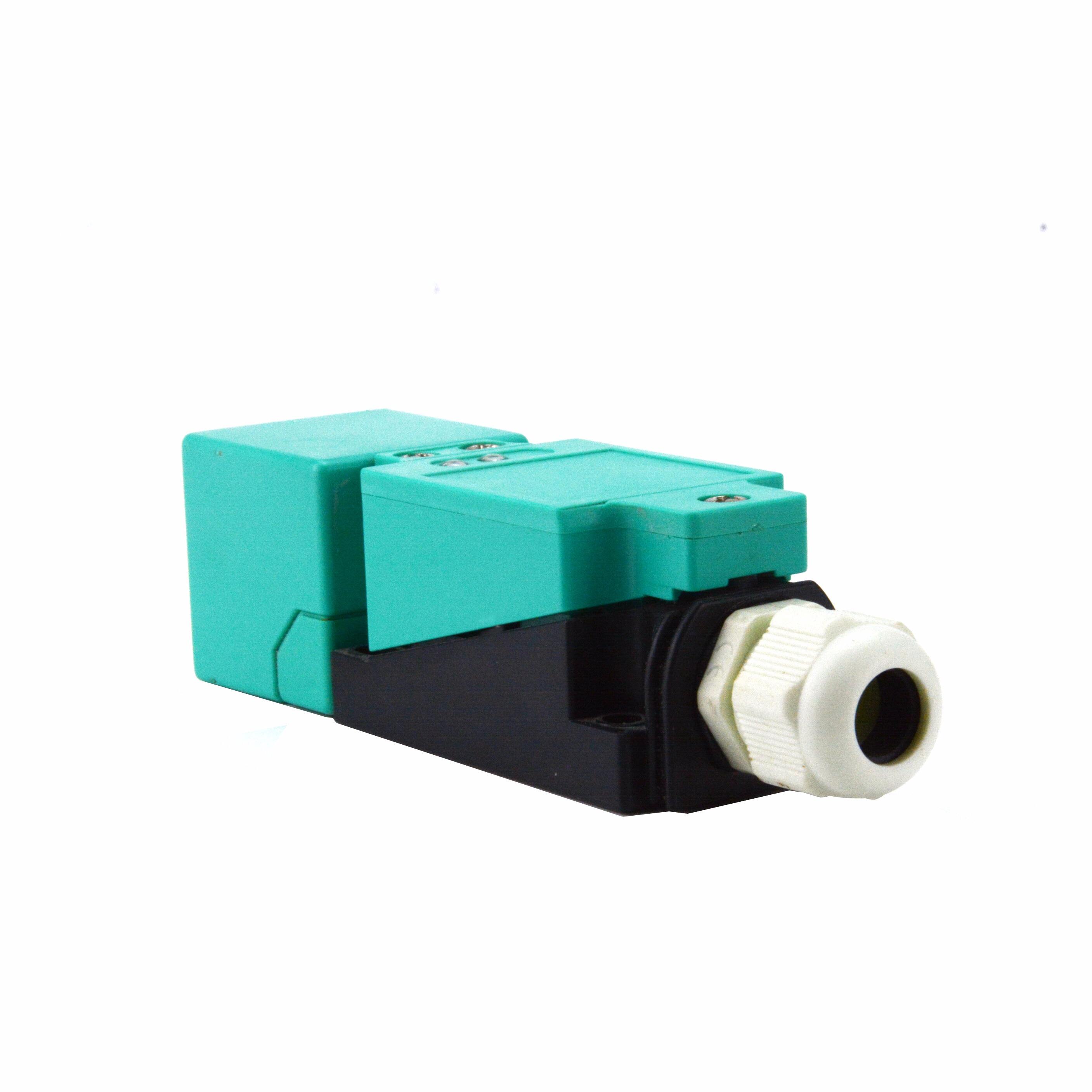photoelectric switchs
Photoelectric switches represent a cornerstone of modern industrial automation and sensing technology. These sophisticated devices operate on the principle of light detection, utilizing a light source and receiver to detect objects or changes in their environment. The switch consists of an emitter that projects a beam of light and a receiver that detects changes in this beam, triggering a response when an object interrupts or reflects the light path. These devices come in various configurations including through-beam, retro-reflective, and diffuse reflection types, each suited for different applications. Advanced models incorporate features like adjustable sensitivity, digital displays for precise setup, and multiple output options. The technology enables non-contact detection, making it ideal for applications where physical contact might damage products or affect measurements. Photoelectric switches excel in diverse industrial settings, from manufacturing assembly lines to packaging operations, offering reliable object detection at distances ranging from a few millimeters to several meters. Their ability to detect objects regardless of material composition, color, or surface texture makes them invaluable in quality control, sorting systems, and automated production processes. Modern photoelectric switches also feature enhanced immunity to ambient light interference and robust construction for reliability in challenging industrial environments.

